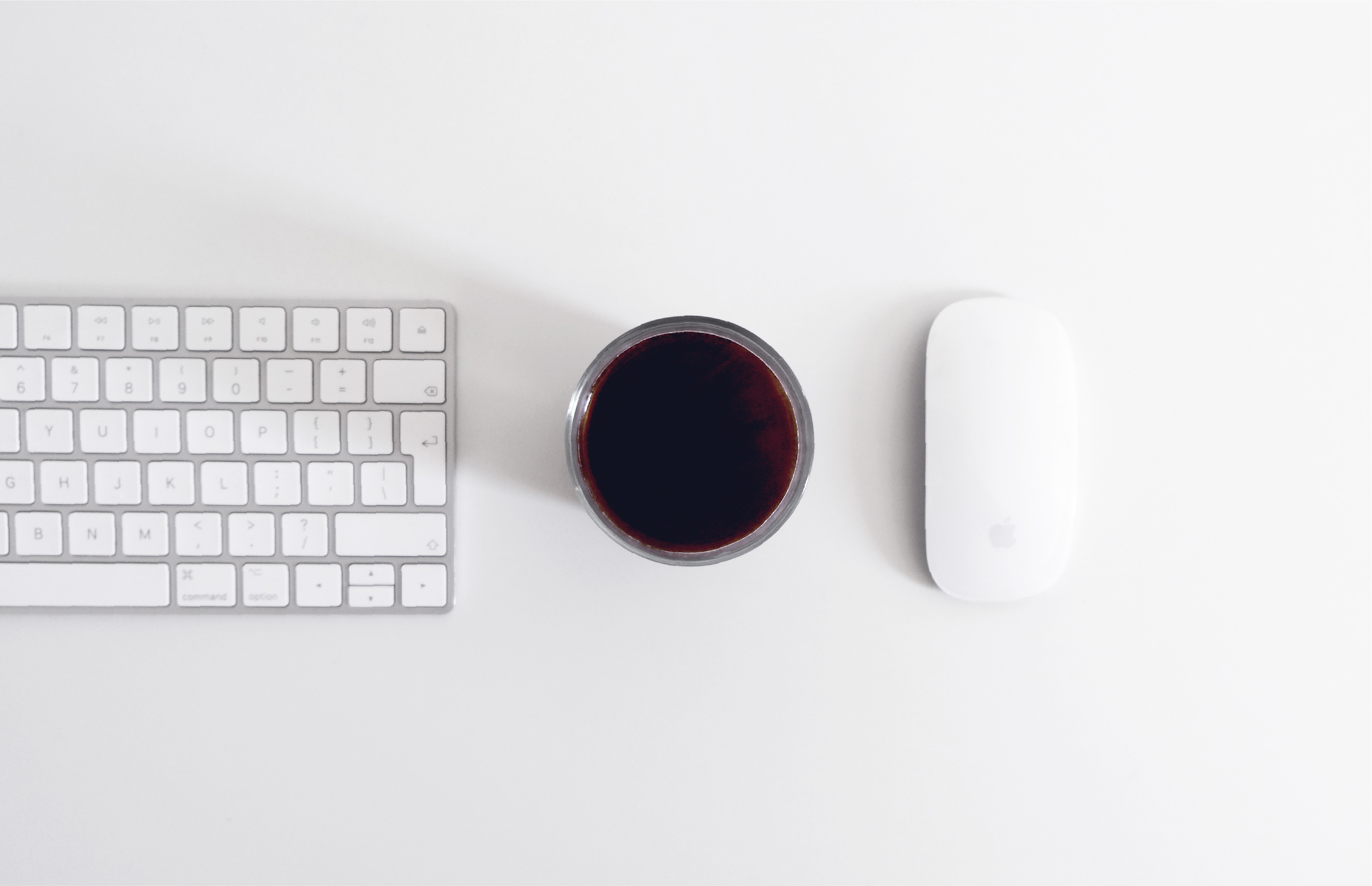Brand Storytelling: How to run a successful & well-loved business
Brand Storytelling: How to run a successful & well-loved business
With so much white noise in the media ecosystem, how can our brand truly stand out? Should we strengthen the brand’s image? Should we perfect the customer experience? Should we focus on engaging with our audience? Or should we just improve the brand storytelling?
Nowadays, every business has to understand the power of great brand storytelling and use it to its advantage because we all — from freelancers and startups to well-established companies — are under constant pressure to succeed and perform better than ever before.
1. WHAT IS BRAND STORYTELLING?
Brand storytelling is more than just selling a product or service — it’s the art of crafting narratives around it that deeply resonate with our audience. It’s about understanding their core desires, needs, and aspirations. It’s about making them feel connected to, aligned with, and in love with our brand, mission, and values. And it’s about creating long-lasting emotional bond with them.
“Authenticity is what writes the best and most compelling stories, and narratives based around it are the single biggest driver of audience engagement.”
Great brand storytelling starts with identifying what our brand’s purpose is, what we offer beyond just a product or service, and what the bigger story is that connects us with our customers. But before we get into that, let’s first look at the key challenges that make customer engagement harder today — as well as the evolving expectations we now need to meet.
2. WHAT ARE TODAY’S BIGGEST BUSINESS CHALLENGES?
● Business competition — All businesses are in fierce competition to attract and retain customers, and often choose to go the most loud, intrusive, and also overused way about it — bombarding customers with an endless flow of ads, content, and notifications — which can, sooner rather than later, lose its intended impact.
● Customer attention — Customers spend just two seconds on a single piece of content, which means the window of opportunity to capture their attention and to make a lasting impression is extremely small.
● Loss of direction — With the intense race to stay visible in the already overcrowded media landscape, businesses can end up prioritizing quantity over quality and releasing generic, confusing, or overly salesy content that confuses, disengages, and ultimately, drives customers away.
● Customer alienation — While it is, especially today, easy to turn literally anything into a brand, product, or service, it’s also easy for businesses to try too many things at once, neglect what already works, and completely alienate their existing customers.
“We’ve got just one shot at making a great first impression.”
3. WHAT DO TODAY’S CUSTOMERS EXPECT FROM BRANDS?
● Personalization — Customers want to feel like the content is speaking directly to them, so it’s good to tailor our storytelling to different audience segments and adjust our tone, message, or even the platform we use depending on who we’re targeting.
● Authenticity — Customers crave transparency and want to see brands that are real, raw, and honest, so it’s good to share behind-the-scenes stories, admit mistakes, and lose the overly-polished, perfection-only facade.
● Engagement — Customers want to interact with brands, not just passively consume content, so it’s good to encourage participation through polls, conversation on social media, and involvement in online and offline events.
● Experiences over products — Customers are looking for more than just a product, they want an experience, so it’s good to make them feel like they’re part of something bigger, whether it’s an important cause, an awesome community, or a meaningful journey.
“People now expect no less than pure excellence in how they experience brands and their storytelling.”
4. HOW TO MAKE BRAND STORYTELLING GREAT?
● Clarify the brand’s purpose — Start by defining what your brand stands for, what its mission and values are, and also what its purpose is, be it the problem it’s solving, how it started, or where it’s headed.
● Identify your audience — Define who you’re speaking to by creating customer personas that map out their demographics, pain points, desires, and behaviors, and how your product or service solves their problems.
● Develop a relatable storyline — Build a story that resonates emotionally, use relatable characters and scenarios that evoke trust, excitement, or empathy, and tap into universal themes like ambition, family, or overcoming challenges.
● Add authenticity — Show your brand’s human side, share real stories about your journey, and be transparent, authentic, and honest about your wins, challenges, and even your failures.
● Incorporate real user stories — Showcase how your brand or service makes a difference in real people’s lives and integrate customer testimonials, user-generated content, or user success stories to make your brand feel more accessible and relatable.
● Ensure consistency across all channels — Keep your brand’s story consistent in tone, messaging, and visuals across all platforms — whether on social media, your website, or ads — to maintain the emotional connection you’ve built with your audience.
5. WHY GREAT STORYTELLING IS THE KEY TO A SUCCESSFUL & WELL-LOVED BUSINESS?
In today’s competitive market, standing out isn’t about pushing products and services harder — it’s about building relationships through meaningful stories that resonate. That’s why crafting our brand’s authentic, relatable, and emotionally charged storytelling and connecting with our audience on a deeper level really matters. It matters simply because it is, especially today, the magic ingredient to running a successful, well-loved business.
“Brands are continuously adapting in the hope of satisfying all customer expectations, as they understand that customers now have the collective power to make or break any brand.”
-
How to build a great digital product
Having an excellent idea, wanting to disrupt the status quo, and aspiring to become a household name might be solid enough reasons to keep us motivated every day. Yet to build a digital product — to build a great digital product — also requires perseverance and hard work. A lot of it if you don't work smart.
-
Life is too beautiful for ugly design experience
Great design is invisible, they say. Great design should not make you think, they added. Why? Because the ultimate goal of a great design experience is to make you feel nothing less than delighted.
-
First principles thinking, innovation & design
Innovation entails pushing boundaries, exploring the undiscovered, and bettering the status quo. We wouldn't survive, evolve or thrive without this innate urge to constantly seek something better nor without our ability to adapt to new situations.
-
Business, design & mindset mentoring
Hi, I'm Bara. I'm a digital product & brand designer using holistic design and psychology to help startups, businesses, and entrepreneurs manifest the full potential of their businesses and successfully grow them. You may already be familiar with my design & psychology work. And you may now book business, design, and mindset mentoring with me!
-
Inclusive design & universal design principles
It's impossible to design for 100% of users. That said, we need to advocate for more inclusive design. All designers should always consider the diverse spectrum of users. Imagine people with disabilities, people who aren't as tech-savvy as us, or those who don't fall into the binary world that we're so used to. Being mindful of them will help us create a better user experience across the board.
-
Optimizing designers’ inspiration, ideation & creation process
Aren't we, designers — and, in fact, all creative minds — rather good at seeking inspiration? We scroll through our favorite visual blogs, flip through pages of that well-thumbed book, or stroll through design stores. Over time, we learn where and how to look each time we want to find a state of inspiration and design something new.
-
Brand Storytelling: How to run a successful & well-loved business
With so much white noise in the media ecosystem, how can we make our brand stand out? Should we focus on the brand's tone of voice, perfect the customer experience, or better the brand storytelling? Or should we perhaps only concentrate on engaging with our audience?
-
Design Disruptors: How Design Became the New Language of Business
Design Disruptors: How Design Became the New Language of Business reveals a never-seen-before perspective on design approaches of the world's most innovative companies that shake — intentionally or not — billion-dollar industries.
-
Importance of innovation, designers & fundamental design principles
As designers and problem-solvers, we are accountable for the ever-increasing importance of design and innovation — and for the role it plays in today's life and society. We think. We always tinker. And we're often developing new concepts. It's our responsibility to make each design solution user-friendly, aesthetically appealing, and, first and foremost, the best it can be. And when doing so, we're often guided by numerous design principles, techniques, and methodologies.








